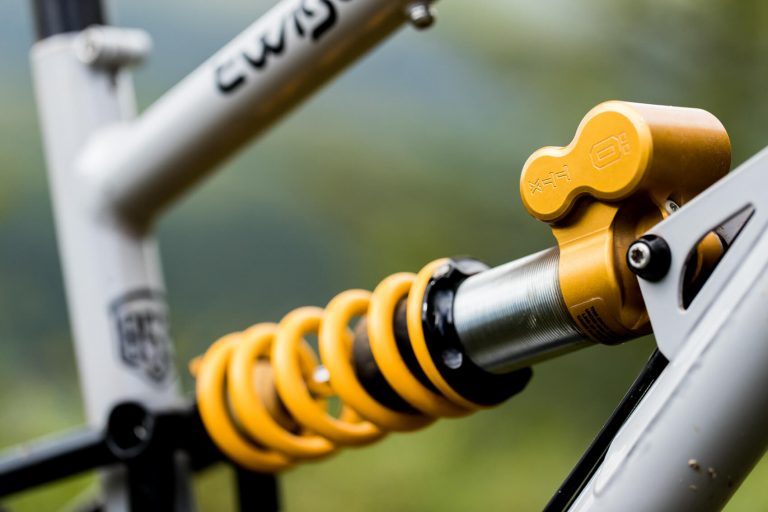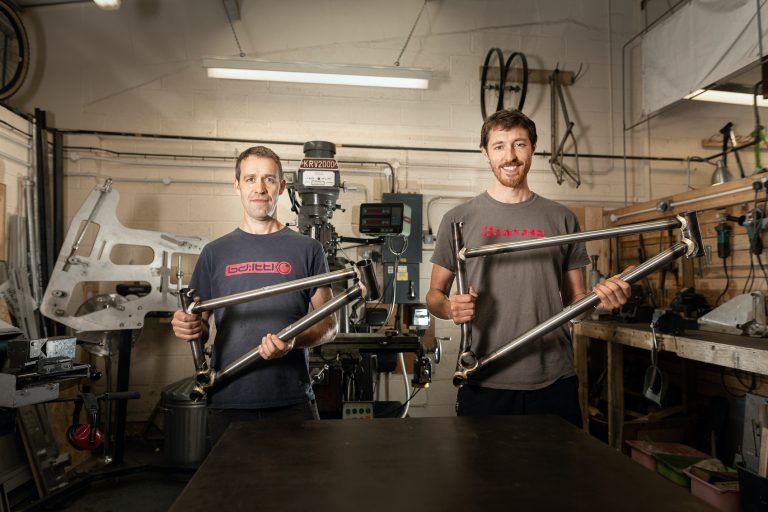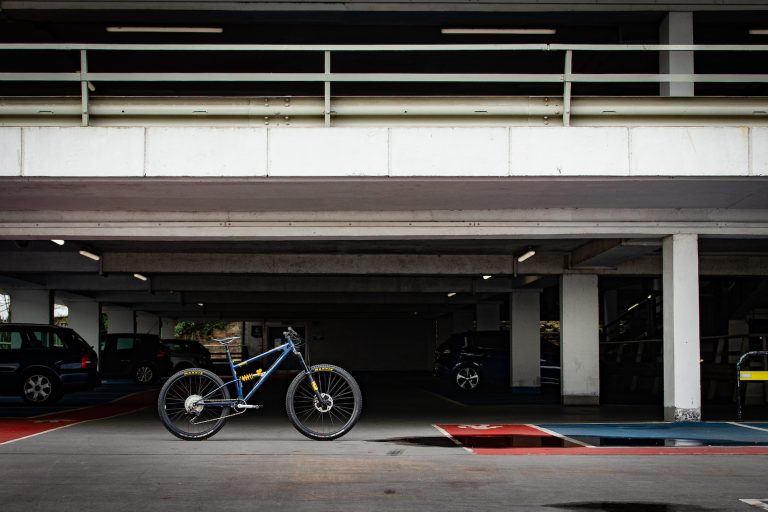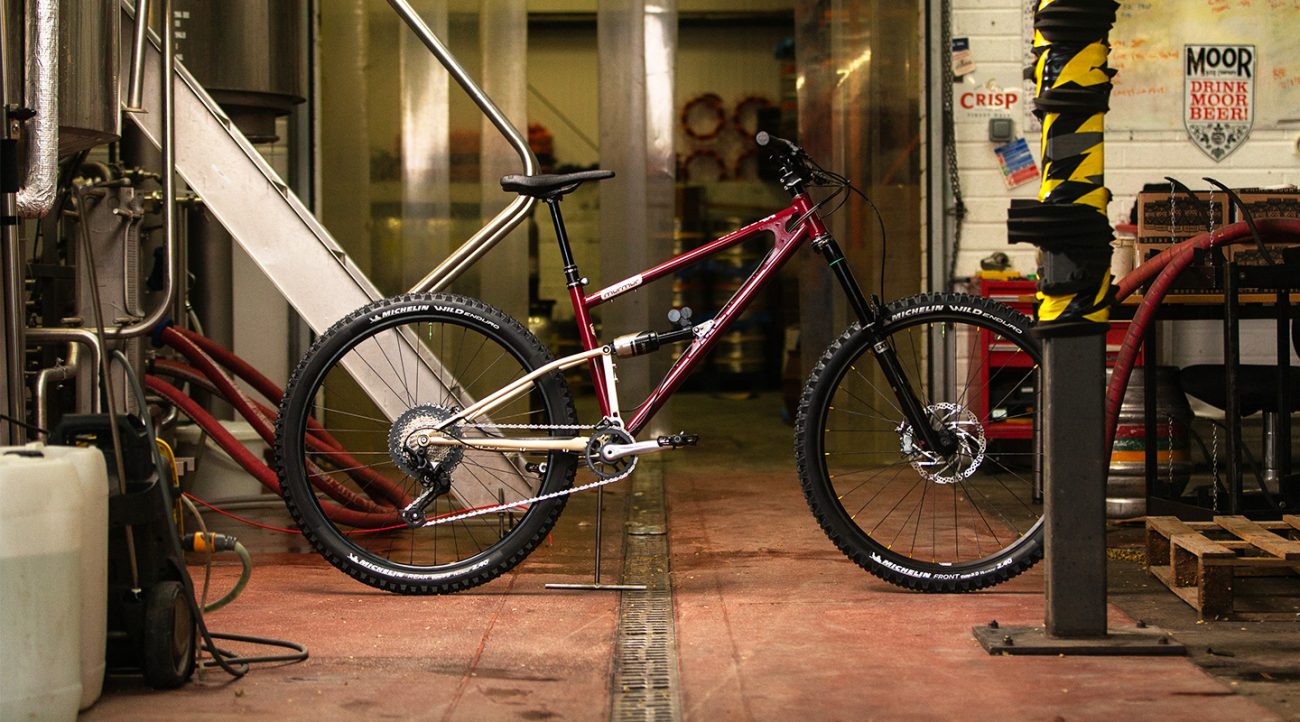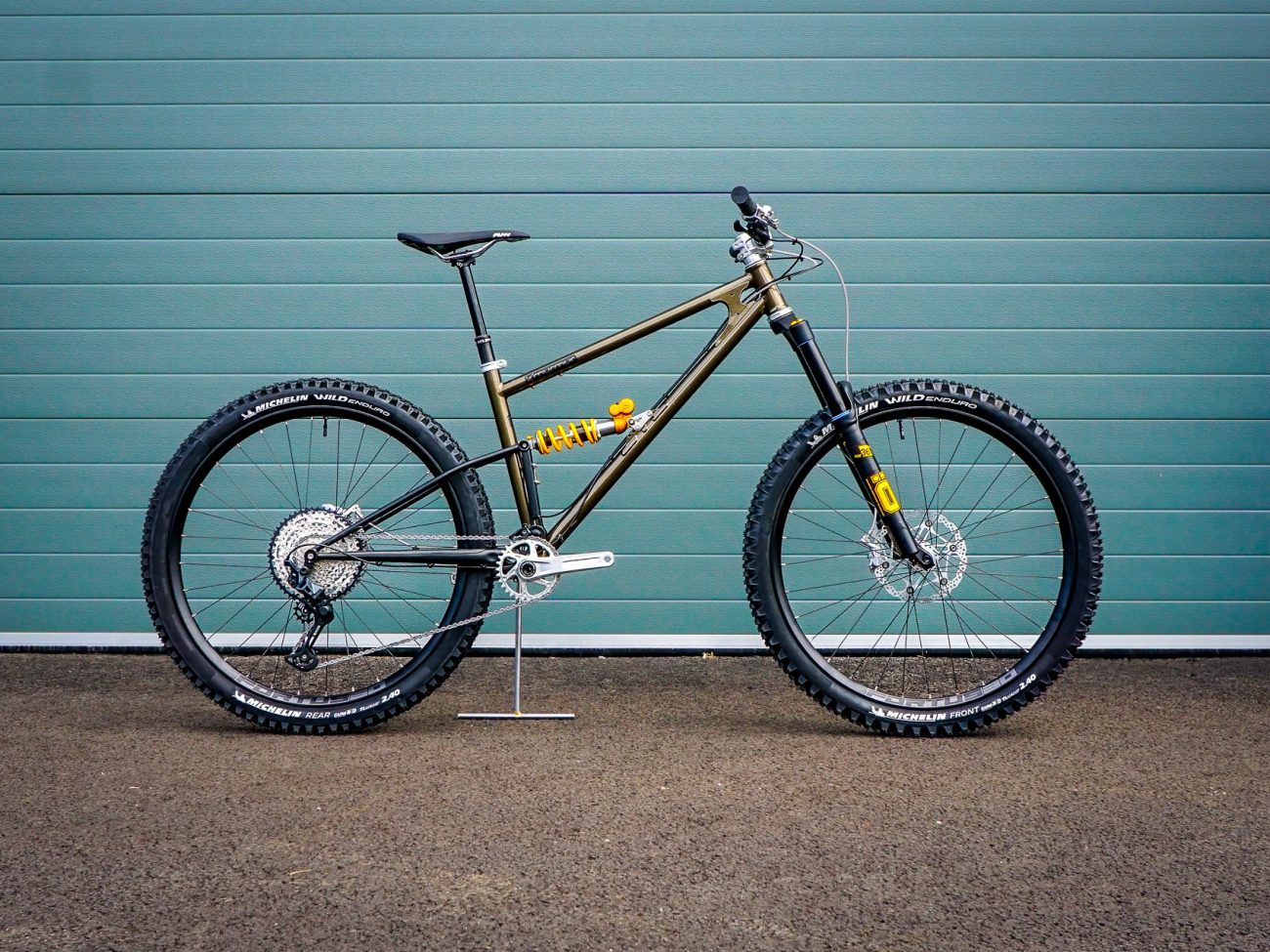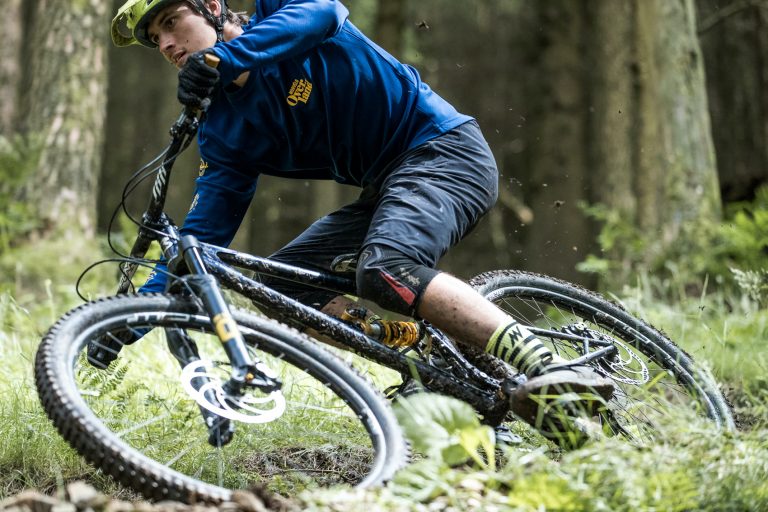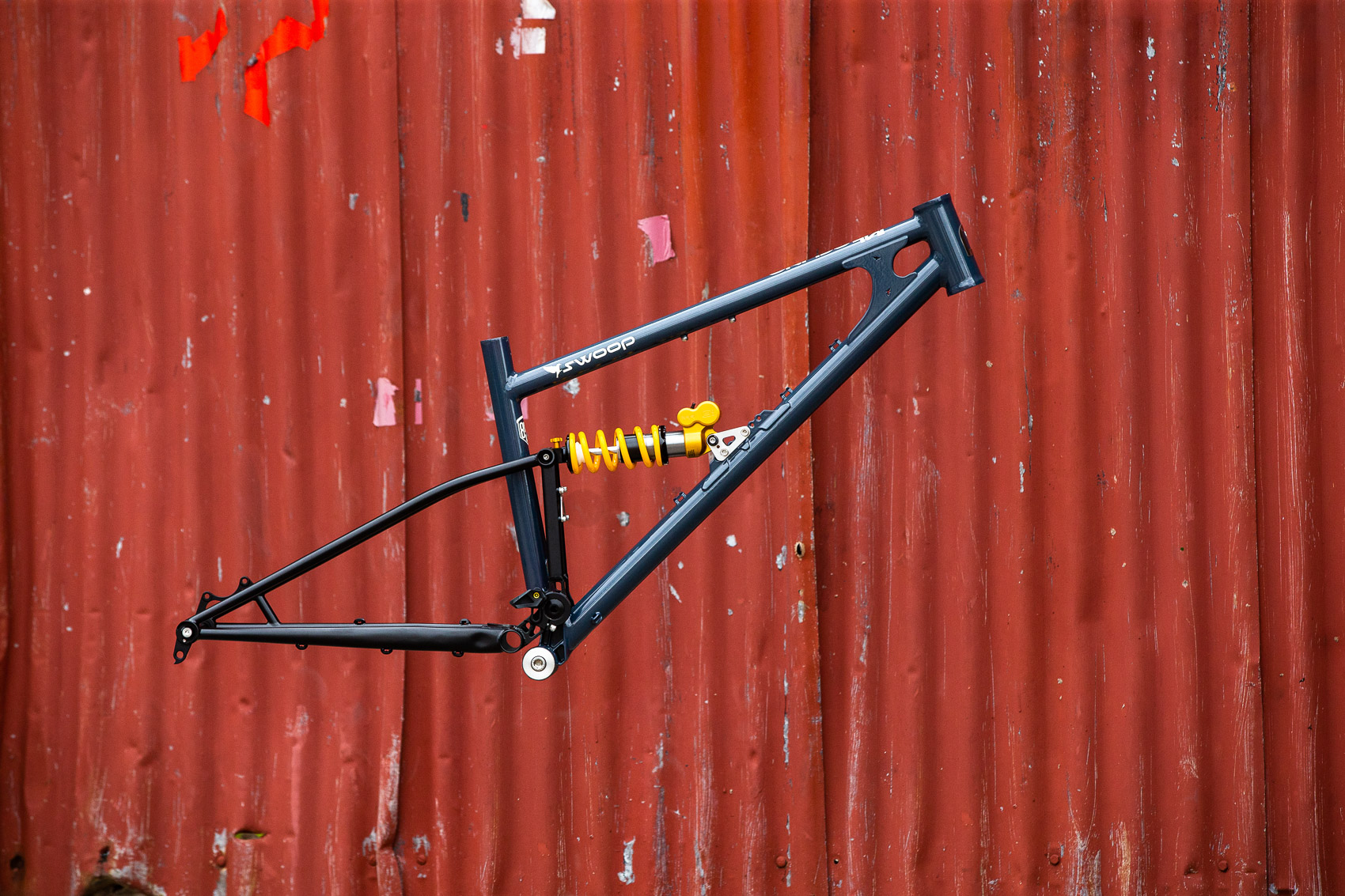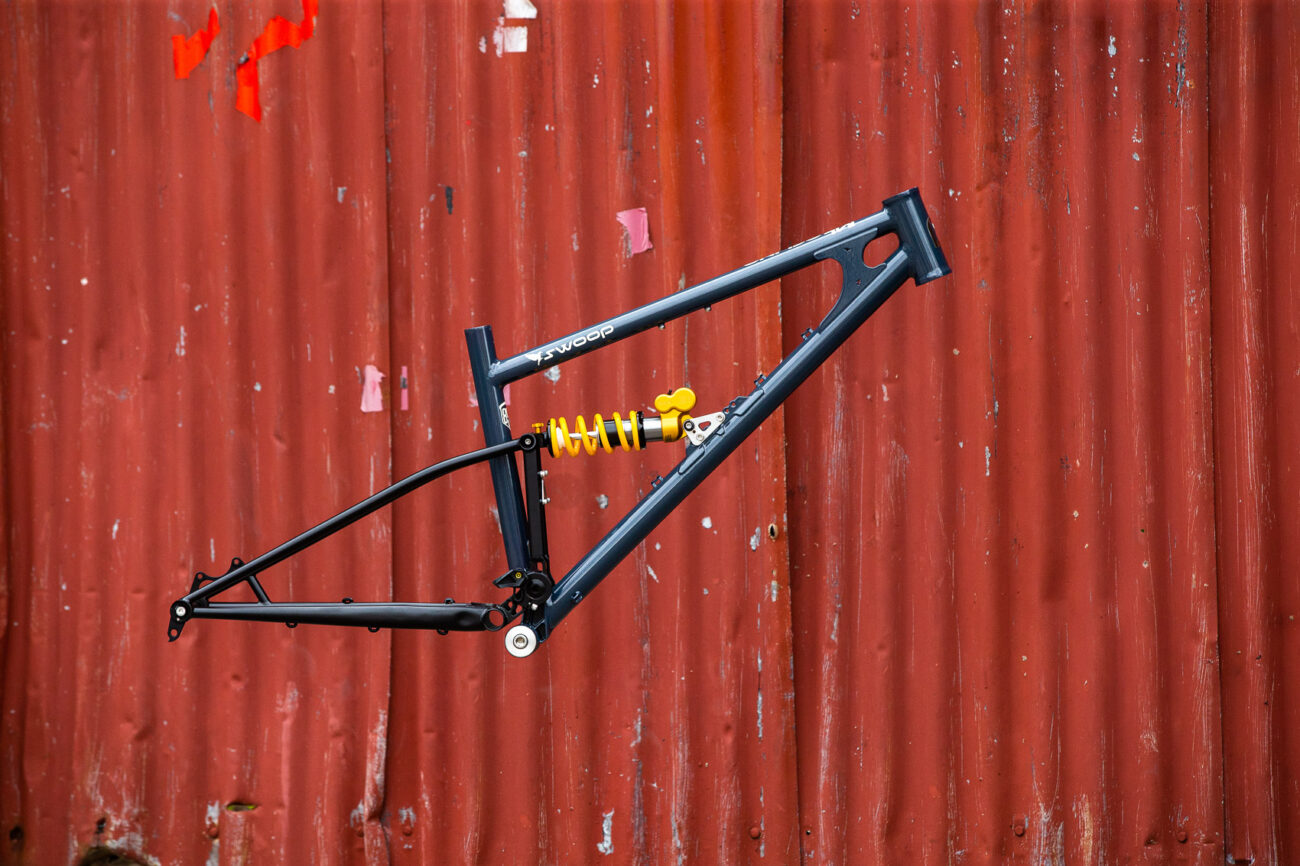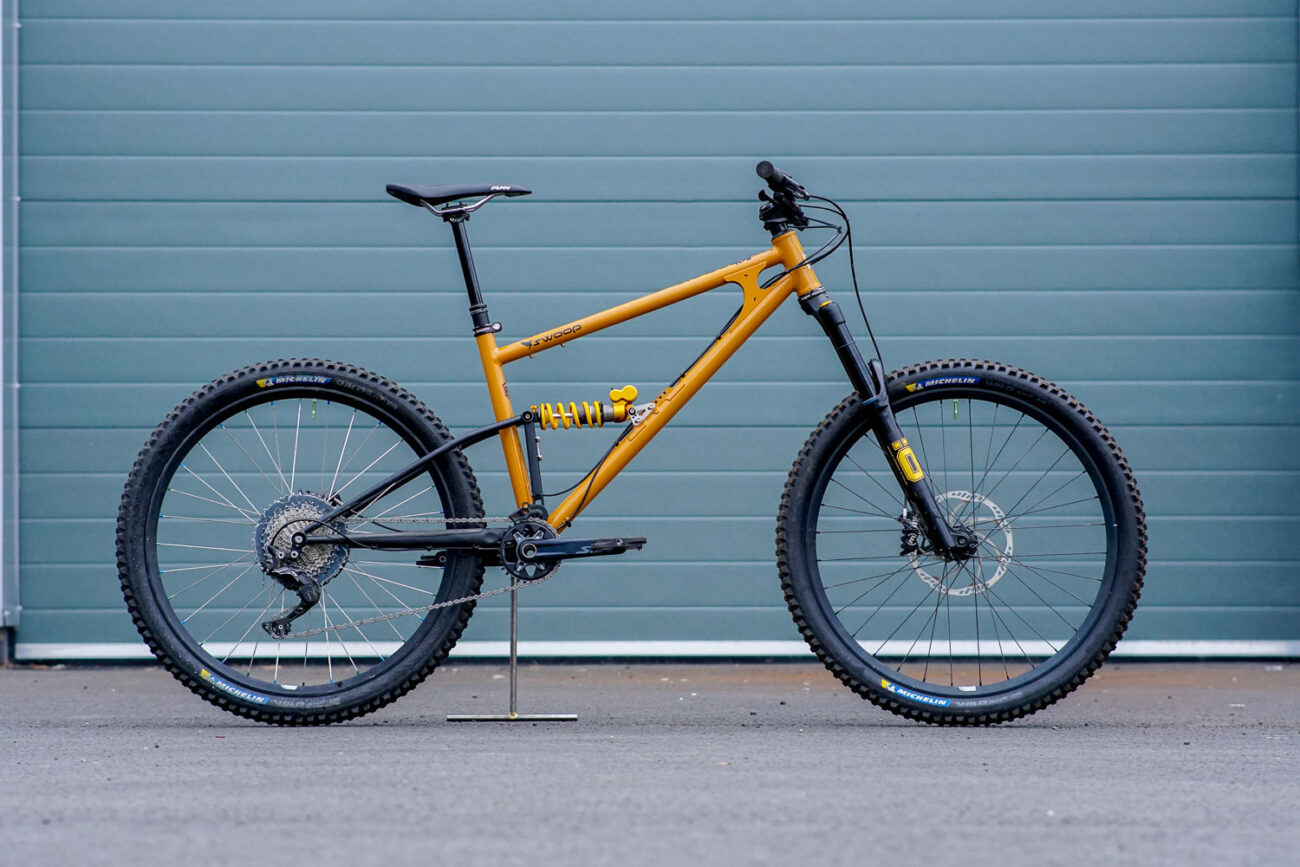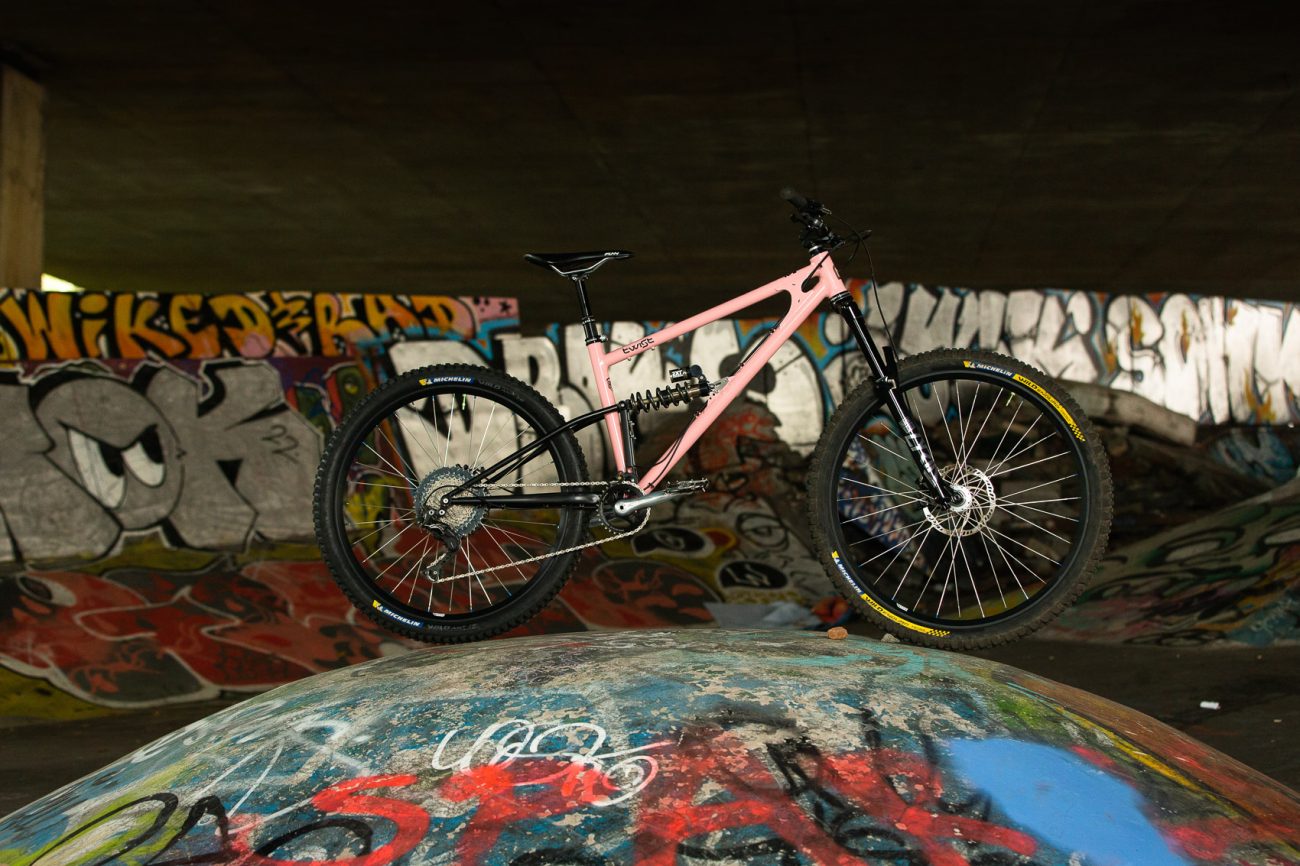Our Seat Stays Aren’t Too Thin… And Here’s Why
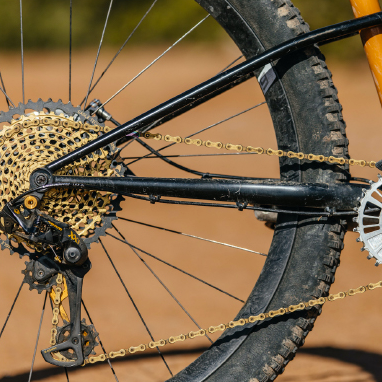
As sure as the day is long, post a picture of my bikes on Pinkbike and someone will say the seat stays are far too thin.
“I could snap them just by looking at them” they’ll say… or something similar.
Let’s be clear here. Steel IS STRONG.
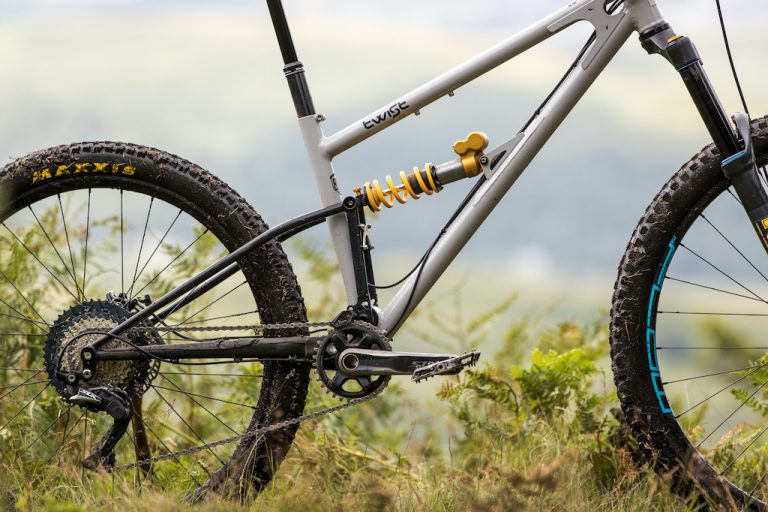
Think about the tiny screws holding up your shelves, they’re plenty strong enough to support a lot of weight.
Think about the thin steel wires used to support telegraph poles and the like. An 853-steel wire with an area of 1mm2 could easily support your weight.
The UTS (Ultimate Tensile Strength) of a 7005 aluminium typically used to build a bike is around 350MPa. The heat-treated steel used for my swingarms is around 900MPa.
But static tensile strength is only half the issue.

Aluminium fatigues, that is – multiple load cycles – cause cracks to initiate and ultimately grow. Because of this behaviour, you need to add extra material to counteract this potential behaviour.
Steel doesn’t exhibit fatigue behaviour to anywhere near the same level as aluminium and it isn’t a design driver.
So the short story is that aluminium swingarms need to be a much bigger diameter and use much thicker tubes to stop them from failing when compared to steel tubes. It’s just that people are familiar with aluminium tubes and believe that’s what all material should be like.
But what about carbon?
Well, carbon used in a quasi-isotropic manner (i.e. strength is not biased towards any direction) actually has strength similar to aluminium. But it doesn’t suffer from fatigue issues, so it can potentially use less material.
However, manufacturing constraints and the need for internal tooling mean making very small diameter carbon tubes is very difficult, larger diameter tubes are much easier. So, again you need to use much more material than with steel resulting in bigger, thicker tubes.
To summarise. Steel IS STRONG! My thin seat stays are plenty strong enough and the compliance they give results in the great ride feel and grip of my bikes.


